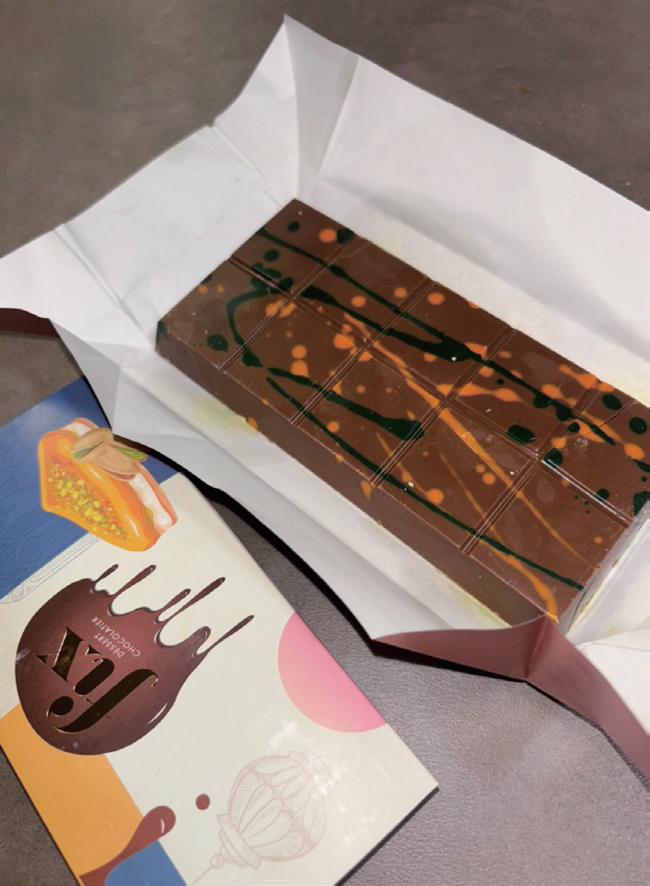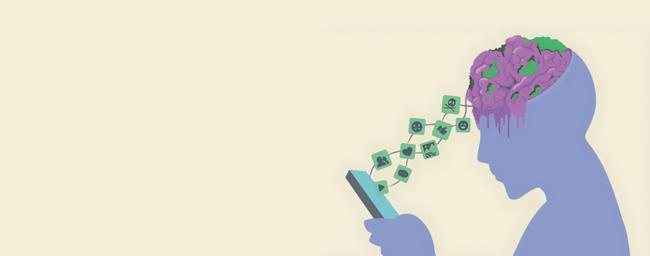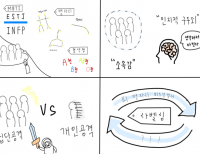In recent years, a number of consumer trends that captured the public’s attention have come and gone in a short time. For example, “Dubai chocolate” was once a social media sensation, creating a buzz with its colorful packaging and rarity, but it soon faded into obscurity. More recently, a new fusion of food and culture called “salmon croquettes” became a hot topic, but it also quickly fell out of favor. This phenomenon of short- lived trends may not only be a sign of consumption patterns, but also reveal deeper sociocultural structures and psychological mechanisms. In this article, we’ll break down the jargon that describes these “fads” and discuss the potential risks they pose to individuals and society.

A fad, commonly referred to as a ‘passing trend’, is characterized by a brief burst of public interest that is short-lived and quickly fades. Unlike traditional trends, fads tend to spread based on factors like experience, exclusivity, and selfies rather than the product’s lasting value or utility. In other words, the focus is on experiencing, documenting, and sharing the moment rather than on owning or using the item. Notably, these fads are also closely linked to neurochemical responses. When we encounter new stimuli, unexpected pleasure, or social recognition, our brains release a neurotransmitter called dopamine. Fads have characteristics that trigger this release of dopamine. Fads that are stimulating, visually colorful, and designed to provide quick pleasure often spread rapidly by offering consumers immediate gratification. However, this stimulation is temporary and tends to diminish with repeated exposure. This structural limitationt contributes to fads’ short lifespan.
A "trend" is a concept that contrasts with a “fad.” Unlike a fad, which fades away after a short burst of popularity, a trend is a longer and more sustainable movement. Trends do not just stop with the popularity of a single product. They reflect fundamental shifts in the economic and social atmosphere of the time, as well as changes in consumer values. Trends show sustainability in three ways.
First, they are value-driven. Keywords like ‘ethical consumption,’ ‘eco-friendly products,’ and ‘wellness’ are not just temporary preferences. They come from a fundamental change in people’s lifestyles and mindsets.
Second, trends encourage repeated consumption. Unlike fads that people try once and forget, trends become part of daily life, leading to ongoing engagement.
Third, trends can even lead to structural changes in industries. A single trend can go beyond just one product category and influence the overall direction of an industry. In the end, a trend is more than just a “craze.” It’s a movement that people genuinely resonate with and continue to participate in over time.
Even today, countless fads come and go, and people often chase after short-term pleasures. Dopamine rewards us with excitement and new stimulation, but this pleasure is short, making us constantly search for the next new thing. This cycle can lead to consumer fatigue and even addiction to consumption, pulling us away from what truly matters. That’s why it is important to be able to distinguish between fads and trends for both consumers and entrepreneurs. We need to ask: What is truly sustainable? What can create real change? Instead of being swayed by temporary hype, making thoughtful choices based on deeper values will ultimately bring greater satisfaction and long-term growth.

Planning & Marketing Editor•LEE CHAE EUN•leechaeeun0318@naver.com
84 Cub Reporter•Lim Hyo Jin•hjnm041219@naver.com
- TAG
-
 Freedom Given to Youth: An Opportunity for Choice or a Burden of Constraint?
“Are we truly free today?” Classical literature is far more than time-honored stories. It offers profound insights into human nature and society that transcend time, remaining a valuable resource for examining the challenges our world faces today. This article will draw on George Orwell’s 1984 and Charles Dickens’ Oliver Twist to explore the contemporary issues of youth housing and the emergence of a surveillance society ...
Freedom Given to Youth: An Opportunity for Choice or a Burden of Constraint?
“Are we truly free today?” Classical literature is far more than time-honored stories. It offers profound insights into human nature and society that transcend time, remaining a valuable resource for examining the challenges our world faces today. This article will draw on George Orwell’s 1984 and Charles Dickens’ Oliver Twist to explore the contemporary issues of youth housing and the emergence of a surveillance society ...

 [단신] 산악회, 본교 동문의 버팀목이 될 수 있도록
[단신] 산악회, 본교 동문의 버팀목이 될 수 있도록
 [사회메인] 노인 인구 1,000만 시대, 준비 없는 사회가 불안해
[사회메인] 노인 인구 1,000만 시대, 준비 없는 사회가 불안해
 [네컷만화] 라벨링 문화
[네컷만화] 라벨링 문화
 [진리터] 결국 우리 모두 돌아볼 것이니
[진리터] 결국 우리 모두 돌아볼 것이니

 목록
목록












